Windle-Loker Lecture Series on the History of the Illustrated Book
The Windle-Loker Lecture Series on the History of the Illustrated Book explores the beauty, scholarship, and craftsmanship of illustrated books, ranging from medieval times to today.
A distinguished group of speakers — national and international experts in their respective fields — have presented on this subject, sharing the best the illustrated book has offered over the centuries.
Monday, February 3, 2025
Medieval & Renaissance Manuscripts: Designing the Book
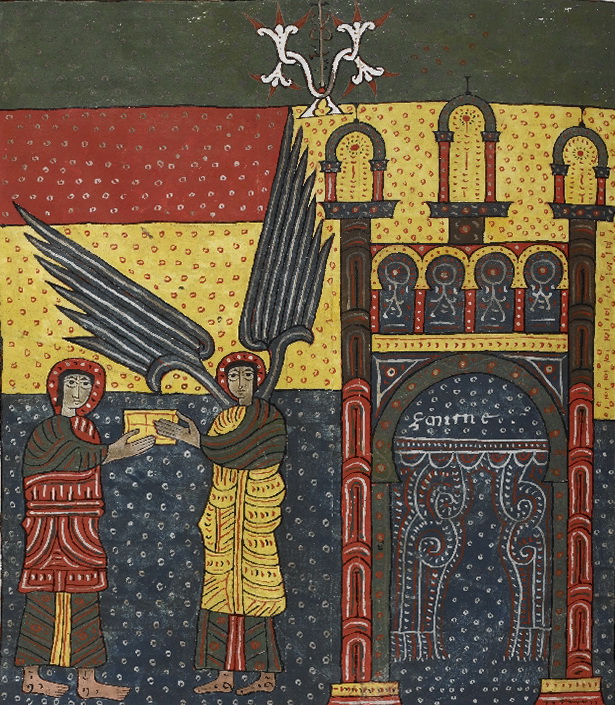
Before the invention of the printing press by Johannes Gutenberg in the mid-15th century, books were designed, written, and illustrated by hand. Today these handmade manuscripts are highly valued, and greatly sought after by collectors and institutions around the world.
This presentation addresses two aspects of illustration in medieval and Renaissance manuscripts before the dominance of the printed book. First, it defines the components and principles of decoration that are featured in many manuscripts, ranging from full-page miniatures to the minor decoration of small painted initials and line-fillers. Second, it focuses on several types and genres of manuscripts, including illuminations in Bibles, liturgical books, legal texts, classical works, and the extremely popular Books of Hours.
Our speaker is Barbara A. Shailor, PhD FSA, author, researcher, professor of paleography and codicology, and President, The American Trust for the British Library
Monday, September 30, 2024
The White Whale: Moby-Dick Illustrated
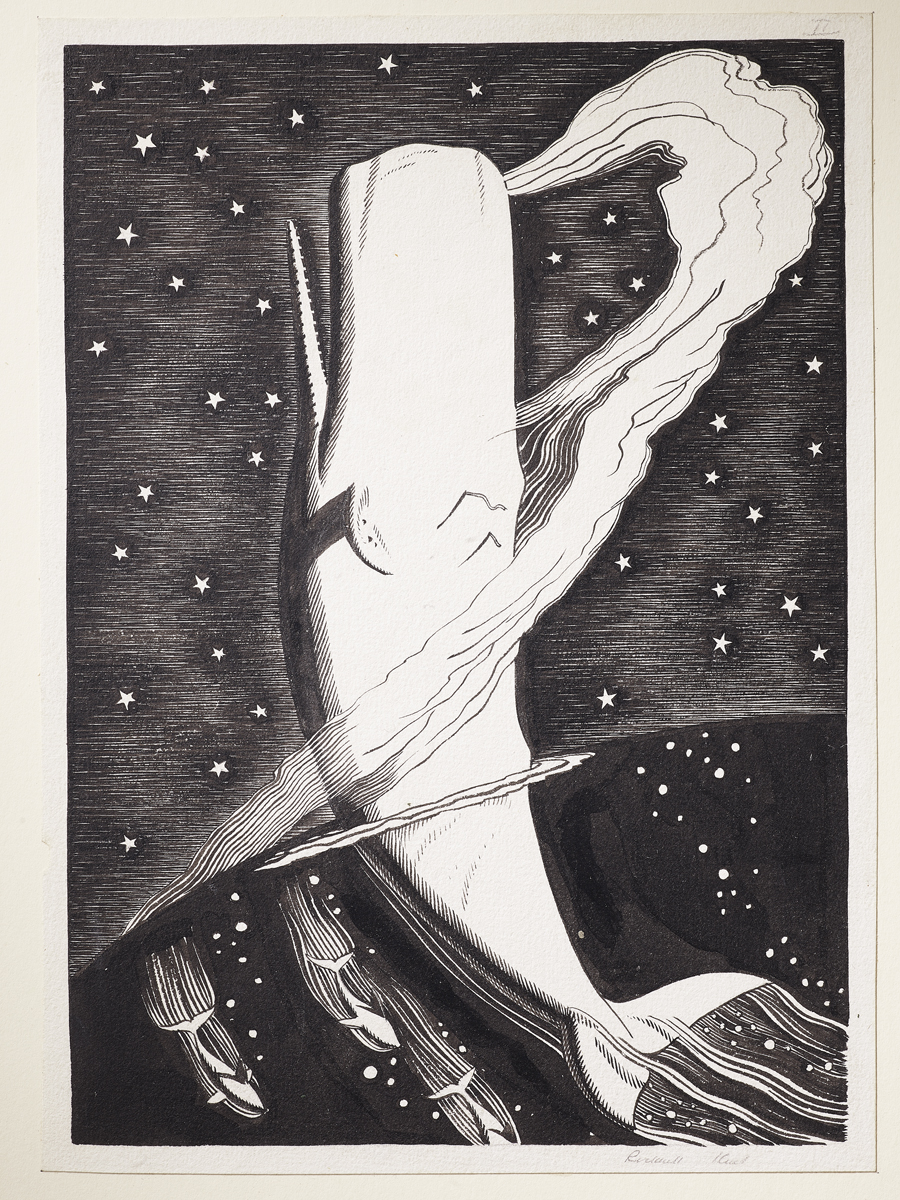
At the time of Herman Melville’s death, in 1891, his novels had fallen into obscurity. Moby-Dick, his masterwork published in 1851, was out of print and unread. But in the 1920s, critical reassessments led to a “Melville revival.”
This lecture surveys some of the famous and lesser-known illustrated editions, artists’ books, and other visual interpretations, examining their role in establishing the unassailable reputation of Moby-Dick as the great American novel.
Our speaker is Declan Kiely, author, lecturer, and executive director of the Grolier Club.
Monday, October 24, 2022
After Artists’ Books
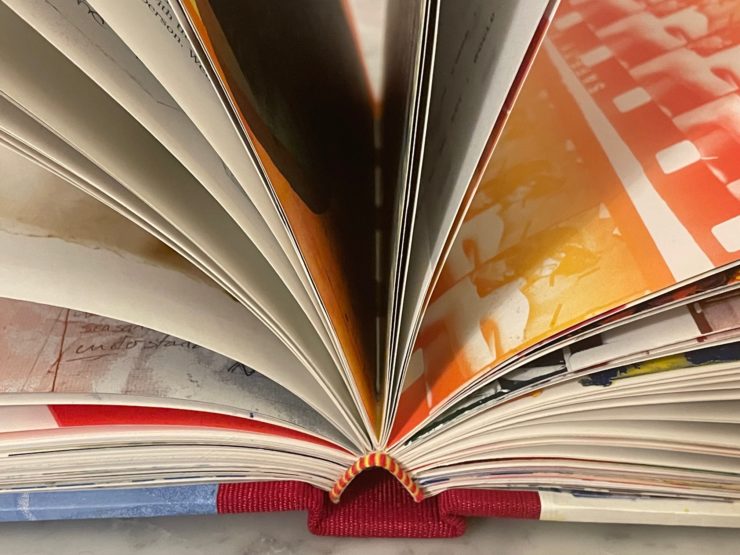
In 1973 Diane Vanderlip curated an exhibition at Moore College of Art in Philadelphia titled artists books. Within a few years, artists in North America and internationally quickly adopted this phrase inadvertently launching a new genre of contemporary art.
Artists’ books created after Vanderlip’s exhibition benefited from the Duchampian prompt: it’s an artist’s book if the artist says it is. Artists making work in book form identified as members of the Avant Garde, pop art, conceptual art, Flux’s, happenings, and the like. What differentiated the artists’ books of the 1970s and later, from those created in previous decades, was the act of intentionally making a new work as an artists’ book. Many new post-1973 artists’ books were autobiographical, highlighting how artists began using the book format to share personal stories, observances, travel experiences, and playful, conceptual observations.
After Artists’ Books will explore the impact and significance of Diance Vanderlip’s 1973 exhibition artists books, the exhibition catalogue, and how it influenced creative publications that followed, through the present day.
Our speaker is Tony White, University Librarian, Dorothy H. Hoover Library, OCAD University, Toronto, Ontario
Monday, August 12, 2019
Woodcut Illustrated Books
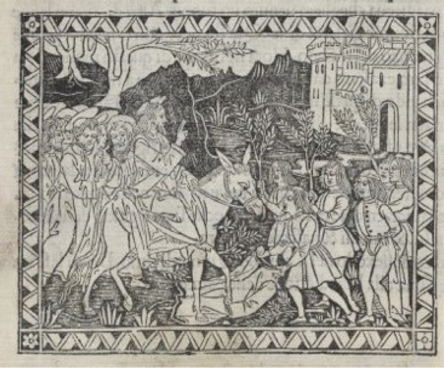
The art of the woodcut, as it is developed during the 15th and 16th centuries, is the tale of two movements: one driven by printers and woodcutters producing images to illustrated texts for a growing literate public, the other by artists seeking to use the medium of wood block to create prints in multiple copies that resembled the qualities of drawing heightened with tones of color.
This presentation examines the development of both movements and illustrates some of the most sublime printed images produced during the late Medieval and Renaissance periods.
Our speaker is Daniel De Simone, former curator of the Lessing J. Rosenwald Collection at the Library of Congress and the Eric Weinmann Librarian at the Folger Shakespeare Library.
Monday, August 26, 2018
Pre-Raphaelite / Art Nouveau Book Illustration in the 19th Century
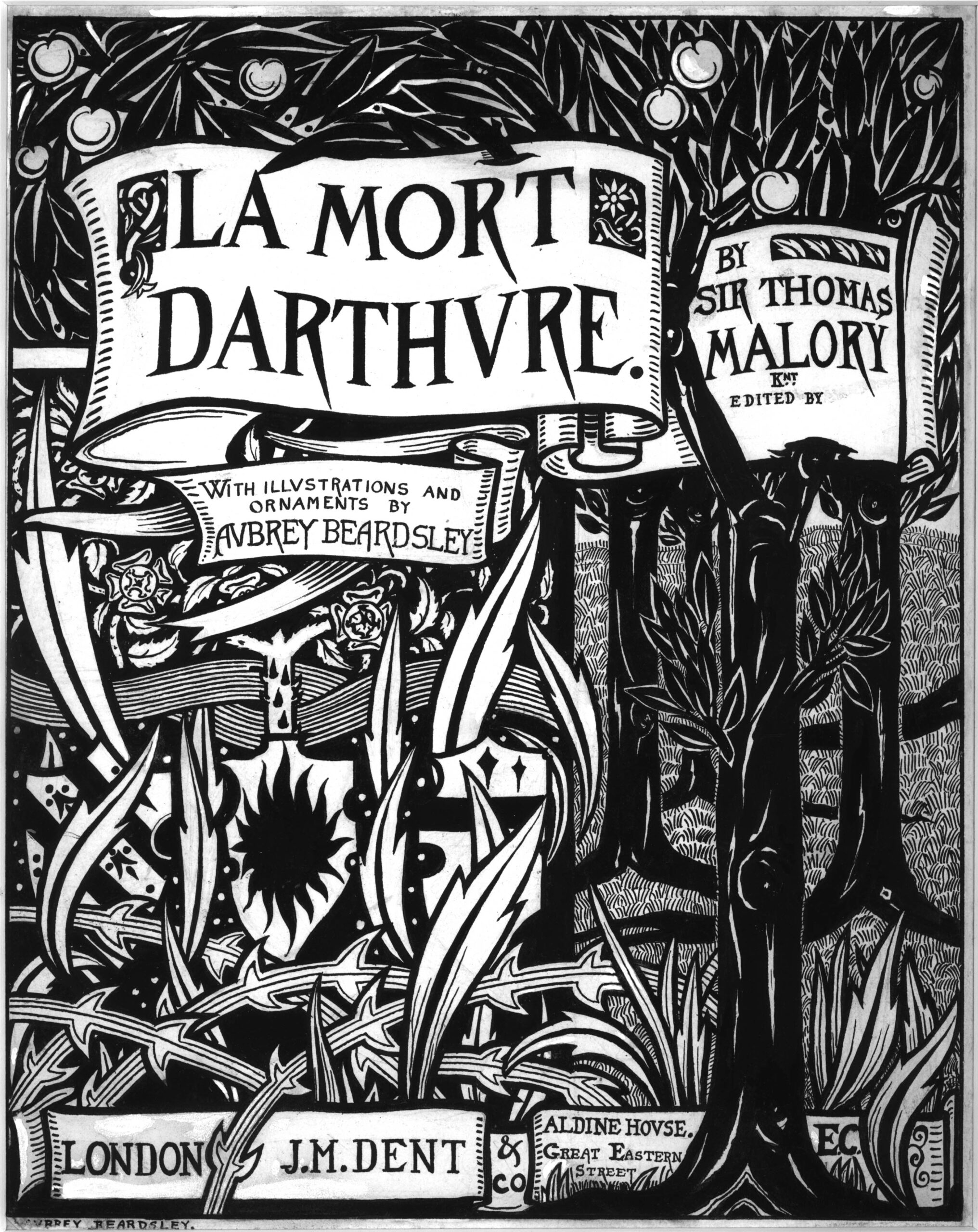
The history of the illustrated book is filled with rich and abundant pictorial traditions
In 19th century England one such tradition, embodied by the Pre-Raphaelite Brotherhood, came to the fore in 1848, when William Holman Hunt, John Everett Millais and Dante Gabriel Rossetti brought together a group of like-minded painters, poets and literary critics. These “Pre-Raphaelites” aimed to revitalize English art (and book art) by rejecting the classical poses and compositions favored by the artist Raphael, returning instead to the densely detailed, intensely colored compositions of 15th century Italian art during the medieval and early Renaissance periods.
A second 19th century illustration tradition, more international in scope, is Art Nouveau—a style of art, architecture and decorative applied arts popular from 1890 into the early 20th century. Inspired by natural forms and structures, especially the curved lines of plants and flowers, Art Nouveau counts among it devotees such artistic luminaries as William Morris and those in the Arts and Crafts movement founded by Morris’s students. Art Nouveau styles were much influenced by the Pre-Raphaelites, so the two movements are artistically intertwined.
Two eminent scholars and book collectors will explore these Pre-Raphaelite and Art Nouveau traditions with us:
Mark Samuels Lasner will speak on the topic “Collecting the Illustrators of the 1890s: An Illustrated Talk.”
Mr. Samuals Lasner is Senior Research Fellow, University of Delaware Library, Museums & Press.
Margaret D. Stetz will present “Illustrator Oscar Wilde’s The Happy Prince Then and Now: An Illustrated Talk.”
Ms. Stetz is Mae and Robert Carter Professor of Women’s Studies and Professor of Humanities, University of Delaware